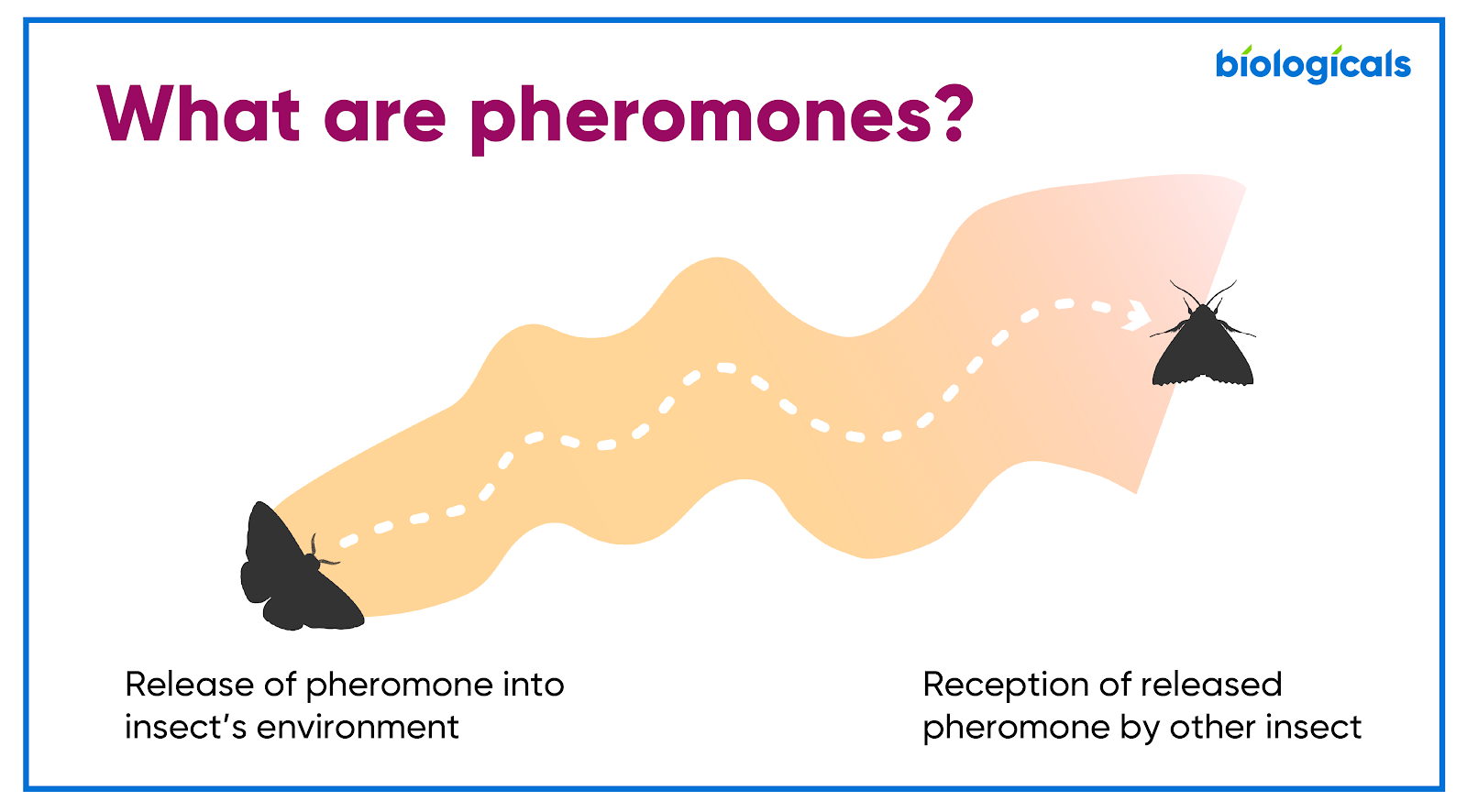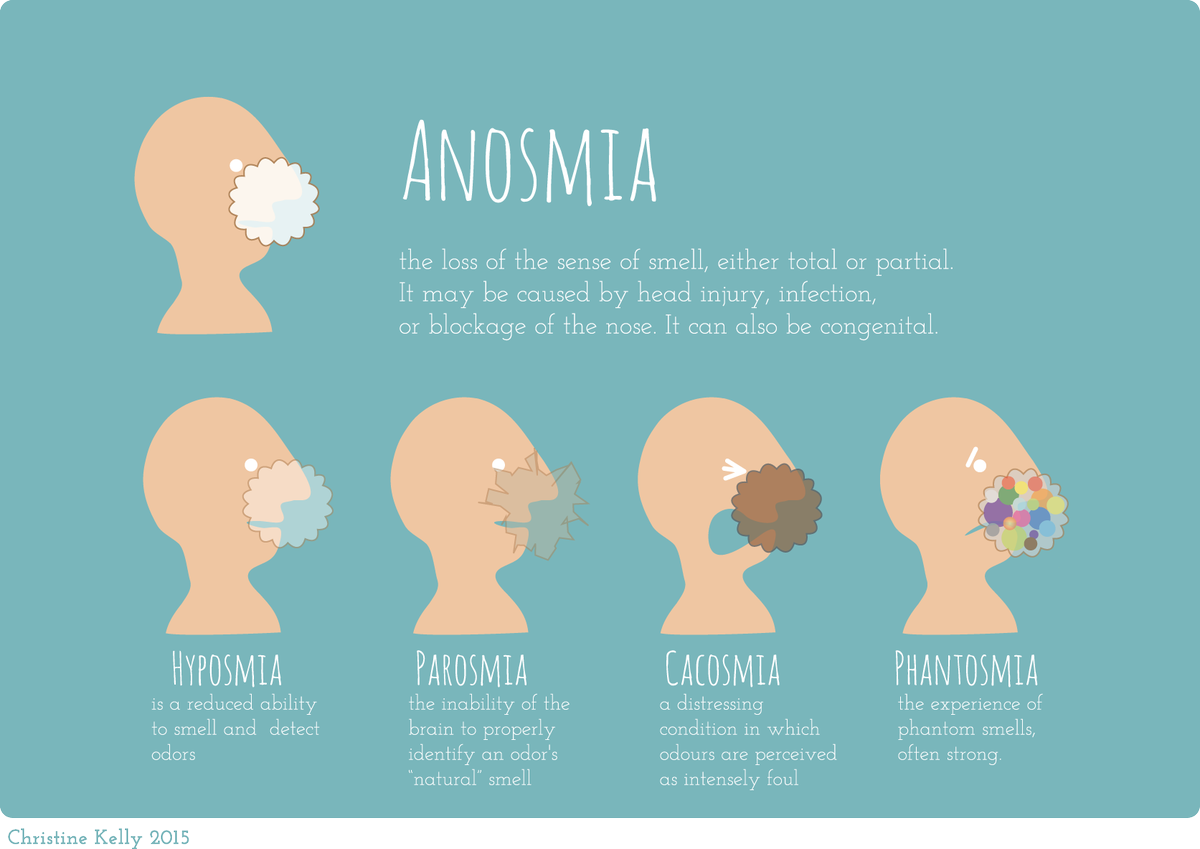Have you ever noticed how food loses its flavor when you have a stuffy nose? That is because our sense of smell plays a crucial role in how we perceive taste. While our taste buds can detect basic flavors like sweet, salty, sour, bitter, and savory, it is our olfactory system that brings the full spectrum of flavors to life. This fascinating interplay between taste and smell shows just how connected our senses are, making each meal a rich sensory experience.
When we eat, aromatic compounds from the food travel up to our olfactory receptors at the back of our nasal cavity, even while chewing with our mouths closed. This process is known as retronasal olfaction and allows our brain to combine information from both our taste buds and our sense of smell to create a complete flavor profile. Without this olfactory input, many foods would taste bland. For instance, the intricate flavors of a rich, savory stew or a complex, fruity wine would be significantly muted without our sense of smell enhancing the experience. Up to 80% of what we taste is actually derived from our sense of smell. Understanding the role of smell in taste can change the way we appreciate food and drink. Chefs and food scientists often exploit this connection by enhancing dishes with aromatic herbs, spices, and other ingredients that stimulate our olfactory senses. This not only improves the overall dining experience but also explains why certain foods pair well together. For example, the reason why wine and cheese make such a delightful combination lies in the complementary aromatic compounds that enhance their respective flavors.
Shepherd, G. M. (2012). Neurogastronomy: How the Brain Creates Flavor and Why It Matters. Columbia University Press.
https://books.google.com/books/Neurogastronomy.html?id=gEigoDUBvA4C
























